The Camp John Hay Museum, opened on October 25, 2003, was formerly the Bell House, named after U.S. Maj.-Gen. J. Franklin Bell, the commander of the Philippine Division in 1911 to 1914.
Bell transformed Camp John Hay from a small convalescent facility into a major military resort. Initially built as the vacation home of the Commanding General, it exemplifies American Colonial architecture and lifestyle.
Part of the Camp John Hay Historical Core, today this one-storey houses is the repository of artifacts and other indoor exhibits. Its interiors, consisting of 3 spacious bedrooms, a living room, dining room and kitchen, are tastefully decorated with period furniture showcasing the traditional American country style typical of old American homes. Each room has its own fireplace.
At the entrance are twin brass seals that used to adorn Camp John Hay’s main gate. The living room, complete with a grand piano, displays a portrait of John Milton Hay (after whom the camp was named). Various images on the walls narrate Camp John Hay’s history. A library can also be found at right side of the house.
The front porch has a scaled model of Camp John Hay. Here, one can look down into the Bell Amphitheater. Along with the amphitheater, the house is now declared as a historic landmark.
Camp John Hay Museum: Camp John Hay, Baguio City, Benguet. Admission (for Historical Core): PhP60 (standard), PhP40 (Baguio residents) and PhP30 (senior citizens/students). Open daily, 9 AM – 5 PM. Visitors are not allowed to sit on the furniture, smoke or take food inside. Tel: (074) 444-8981. (Camp John Hay Management Corp. Office)
How to Get There: The best way to get there is via a taxi from Baguio CBD/Session Road. Jeepneys are not allowed to enter.

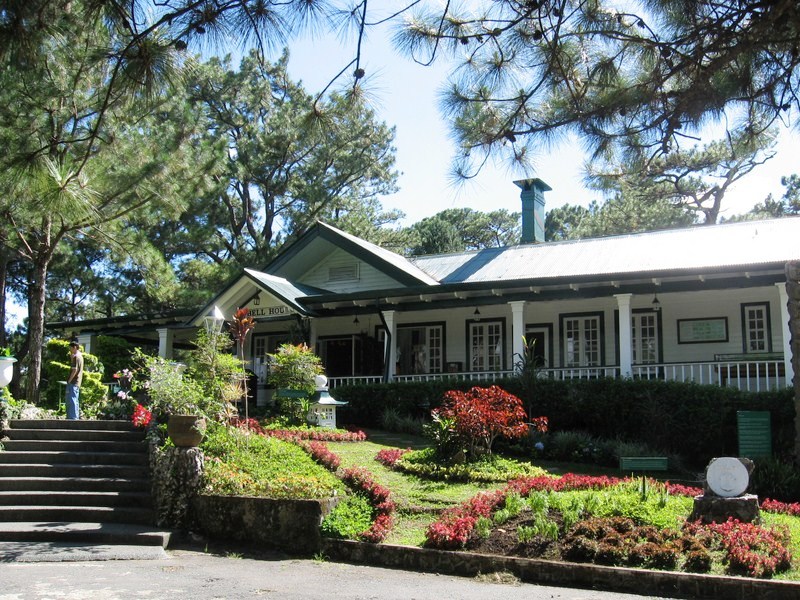
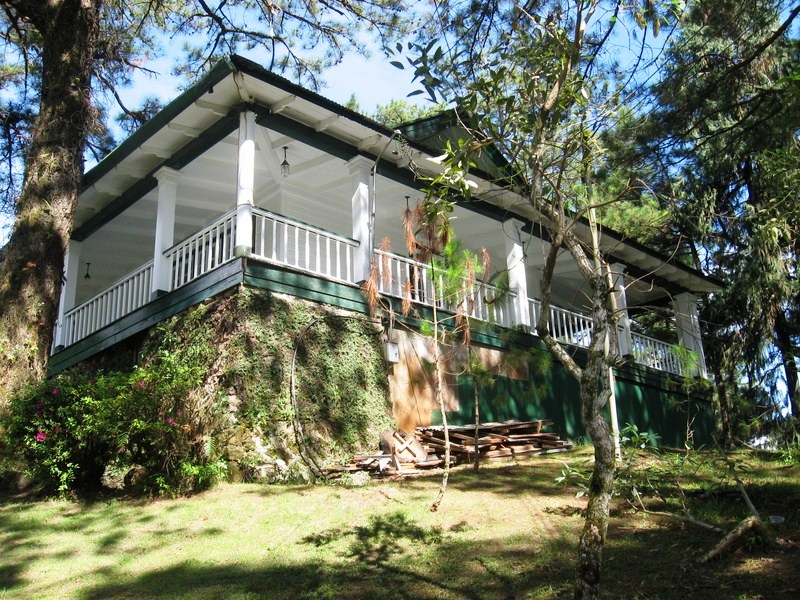

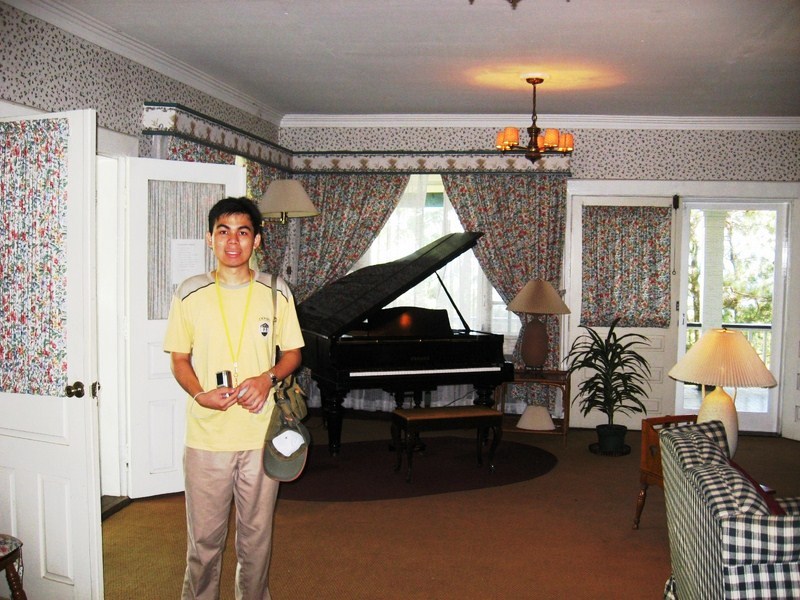
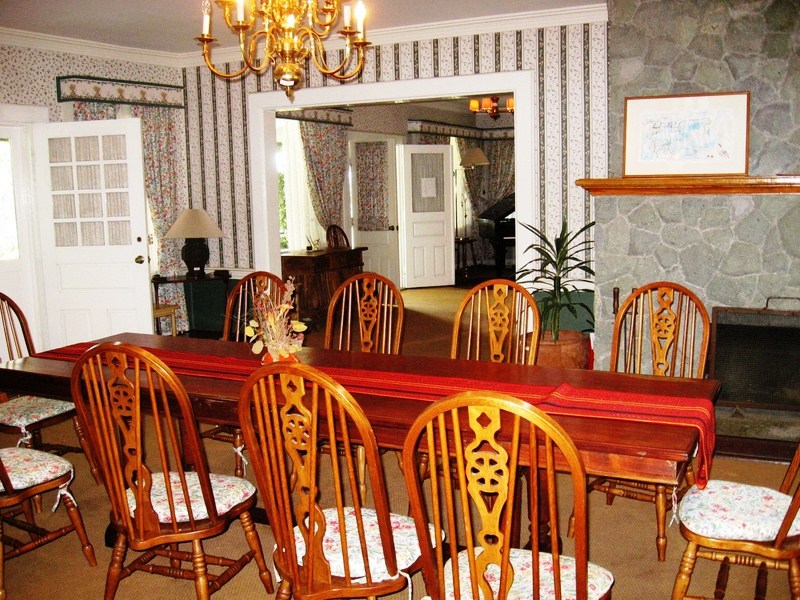
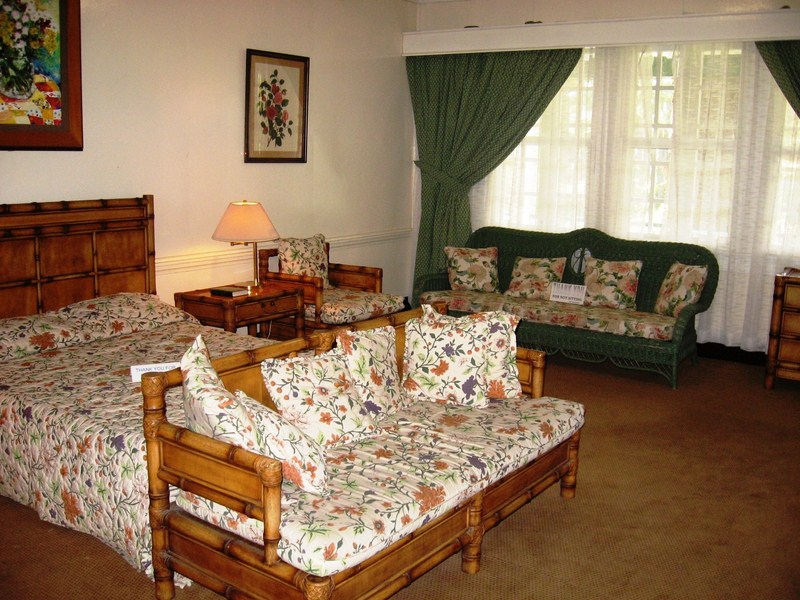
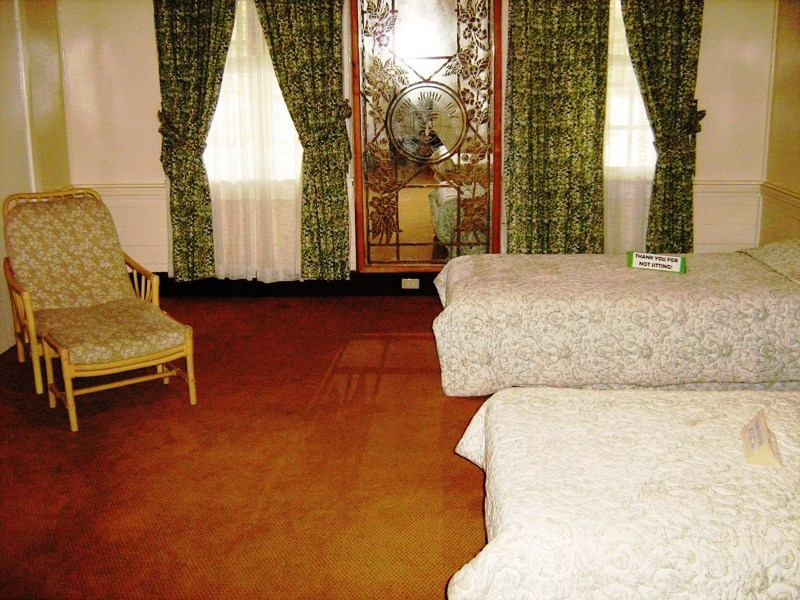
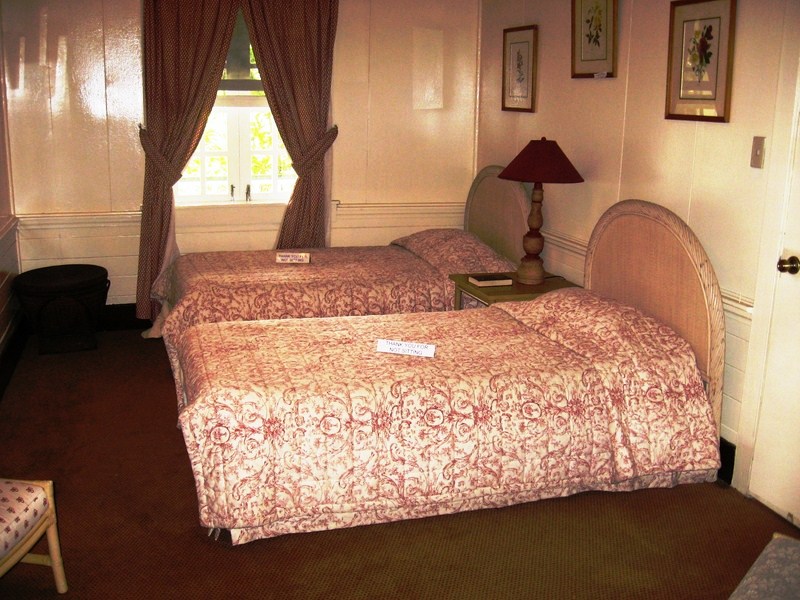
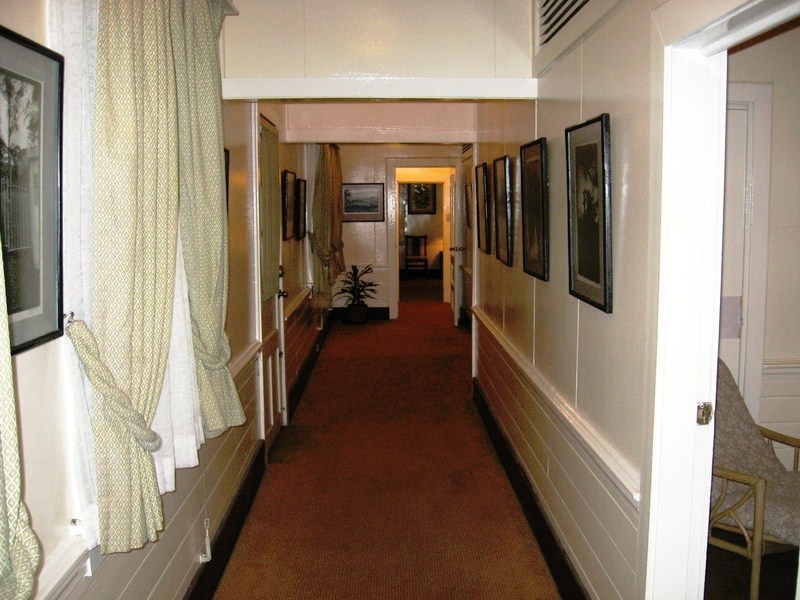
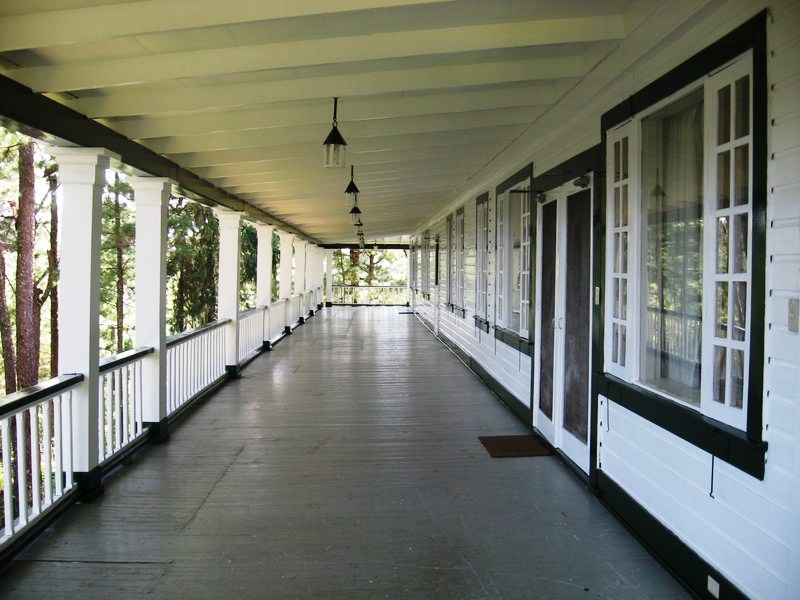





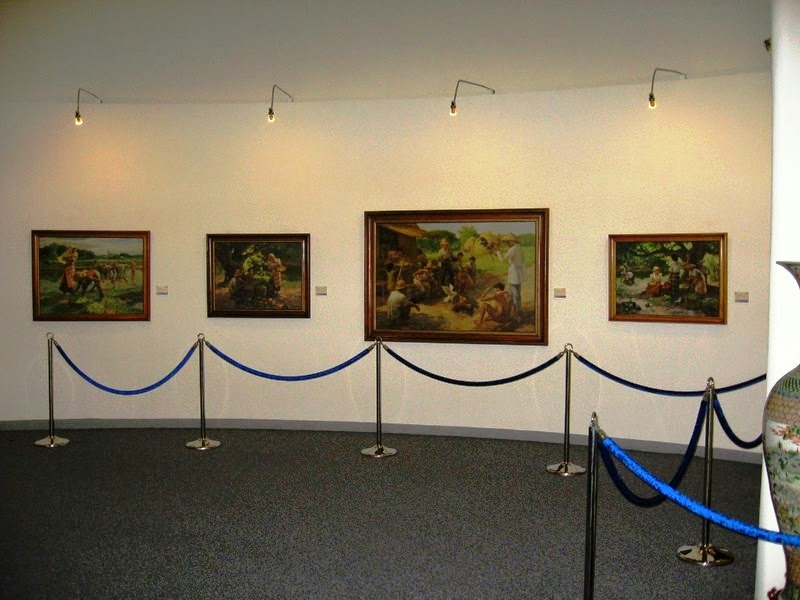
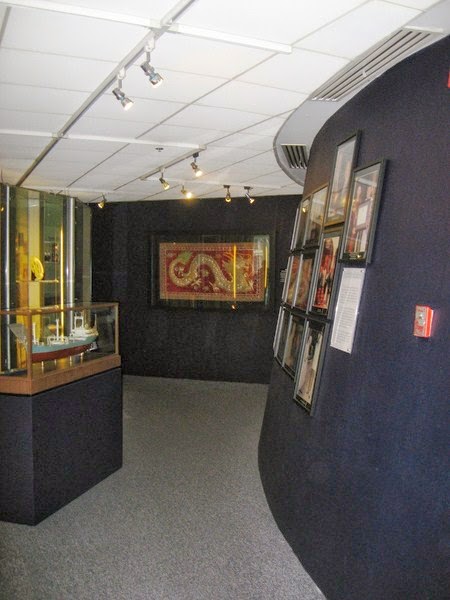
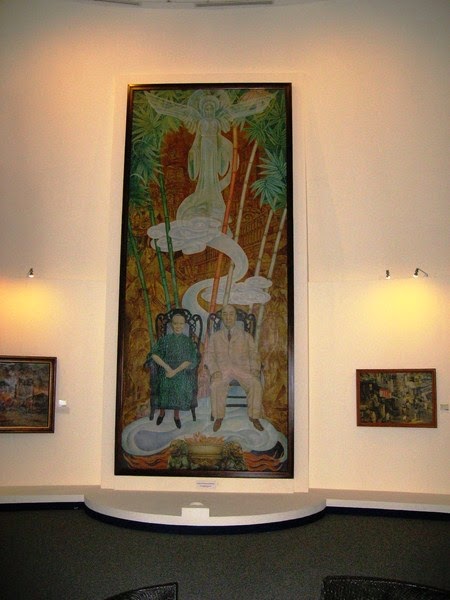
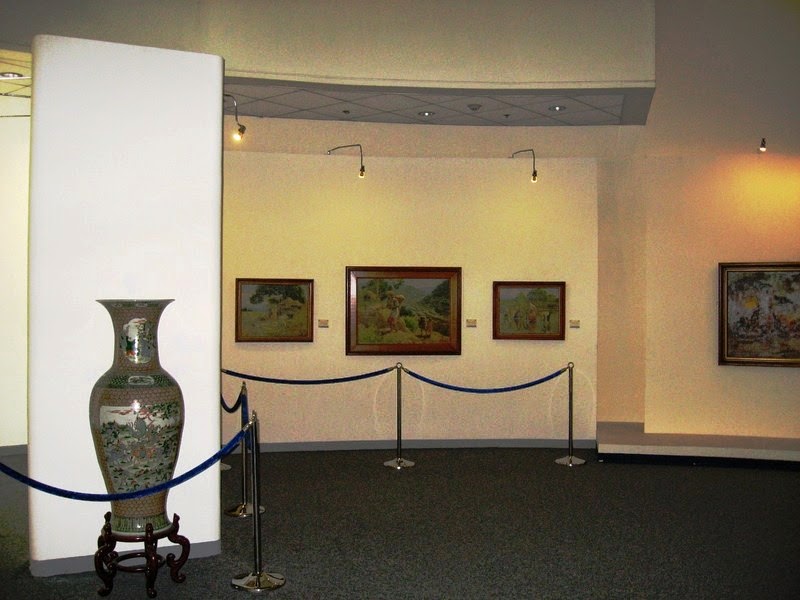
.jpg)
.jpg)
.jpg)













